The Evolving Landscape of Cybersecurity: Threats and Protections in 2025
Related Articles: The Evolving Landscape of Cybersecurity: Threats and Protections in 2025
Introduction
With great pleasure, we will explore the intriguing topic related to The Evolving Landscape of Cybersecurity: Threats and Protections in 2025. Let’s weave interesting information and offer fresh perspectives to the readers.
Table of Content
The Evolving Landscape of Cybersecurity: Threats and Protections in 2025
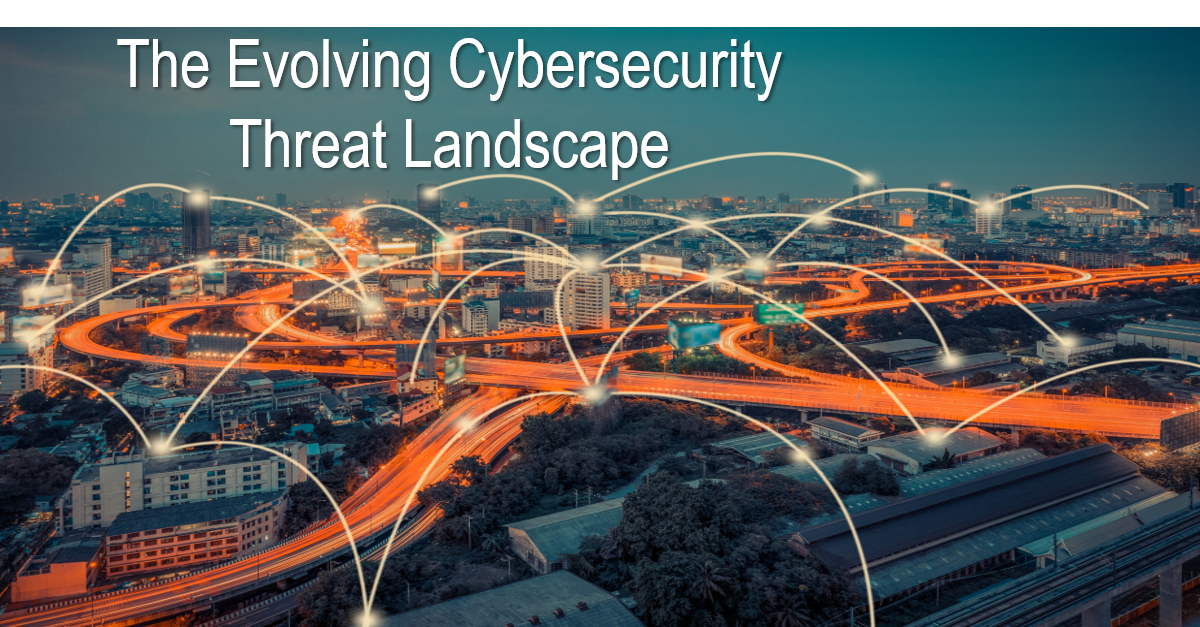
The digital world is constantly evolving, and with it, the threats to our online security. While the year 2025 might seem distant, the reality is that the cybersecurity landscape is rapidly shifting, bringing with it new challenges and vulnerabilities. Understanding these trends is crucial for individuals and organizations alike to stay ahead of potential threats and ensure the safety of their data and systems.
The Changing Threat Landscape:
The threat landscape in 2025 will likely be characterized by a confluence of factors:
- Sophistication of Attacks: Cybercriminals are constantly innovating, developing more sophisticated and targeted attacks. Artificial intelligence (AI) and machine learning (ML) are being increasingly employed to automate attacks, identify vulnerabilities, and evade traditional security measures.
- Increased Exploitation of Emerging Technologies: As technologies like 5G, the Internet of Things (IoT), and blockchain become more prevalent, they will also become targets for malicious actors. These technologies introduce new attack vectors and vulnerabilities that require tailored security approaches.
- Rise of Nation-State Actors: State-sponsored cyberattacks are becoming increasingly common, with governments utilizing cyberwarfare for political and economic gain. These attacks are often highly sophisticated and difficult to detect and defend against.
- Growing Reliance on Cloud Services: The widespread adoption of cloud computing creates new security challenges. Data stored in the cloud is vulnerable to breaches, and attackers can exploit vulnerabilities in cloud platforms to gain access to sensitive information.
- Human Error and Social Engineering: Human error remains a significant vulnerability. Phishing scams, social engineering attacks, and insider threats can easily compromise even the most robust security systems.
Protecting Against Cyber Threats in 2025:
In light of these evolving threats, proactive measures are essential to safeguard against cyberattacks:
- Multi-Layered Security: Employing a multi-layered security approach is crucial. This involves implementing a combination of technologies, including firewalls, intrusion detection systems, antivirus software, and data encryption, to create a robust defense against various attack vectors.
- Regular Security Audits and Updates: Regular security audits are vital to identify vulnerabilities and weaknesses in systems. Implementing a robust patch management system ensures that software and hardware are updated with the latest security patches to mitigate known vulnerabilities.
- Employee Training and Awareness: Educating employees about cybersecurity best practices is crucial. This includes training on phishing detection, password security, and data handling protocols to minimize the risk of human error.
- Incident Response Planning: Having a well-defined incident response plan is essential to effectively handle security breaches. This plan should outline steps for identifying, containing, and recovering from attacks.
- Data Security and Privacy: Implementing strong data security measures, including data encryption and access control, is essential to protect sensitive information. Adherence to privacy regulations, such as GDPR, is also crucial.
- Emerging Technologies for Security: Leveraging emerging technologies like AI and ML can enhance security. AI-powered security solutions can automate threat detection, analyze large datasets to identify anomalies, and predict potential attacks.
Frequently Asked Questions:
Q: What are the most common types of cyberattacks in 2025?
A: Common cyberattacks in 2025 are likely to include:
- Phishing: Deceitful emails or messages designed to trick users into revealing sensitive information.
- Malware: Malicious software designed to steal data, disrupt systems, or gain unauthorized access.
- Ransomware: Malware that encrypts data and demands a ransom for its decryption.
- Denial-of-service (DoS) attacks: Overloading a system with traffic to disrupt its availability.
- Data breaches: Unauthorized access to sensitive data stored on systems or in the cloud.
Q: How can I protect myself from cyberattacks in 2025?
A: Protecting yourself from cyberattacks involves:
- Using strong passwords and multi-factor authentication.
- Keeping software and devices updated with the latest security patches.
- Being cautious of suspicious emails, links, and attachments.
- Avoiding public Wi-Fi networks for sensitive tasks.
- Using a reputable antivirus and anti-malware software.
Q: What is the role of AI in cybersecurity in 2025?
A: AI plays a crucial role in cybersecurity by:
- Automating threat detection and analysis.
- Identifying anomalies and predicting potential attacks.
- Improving security posture by detecting vulnerabilities and recommending solutions.
- Personalizing security measures based on user behavior and risk factors.
Tips for Staying Secure in 2025:
- Stay informed about the latest cybersecurity threats and best practices.
- Be cautious of phishing attempts and social engineering tactics.
- Use strong passwords and multi-factor authentication wherever possible.
- Regularly review your security settings and update your software.
- Back up your data regularly to prevent data loss in case of an attack.
Conclusion:
The cybersecurity landscape in 2025 will be defined by increasing sophistication of attacks, exploitation of emerging technologies, and the growing reliance on cloud services. Staying ahead of these challenges requires a proactive approach that combines robust security measures, employee training, and a commitment to continuous improvement. By embracing a multi-layered security strategy, leveraging emerging technologies, and staying informed about evolving threats, individuals and organizations can navigate the evolving cybersecurity landscape and protect their digital assets.
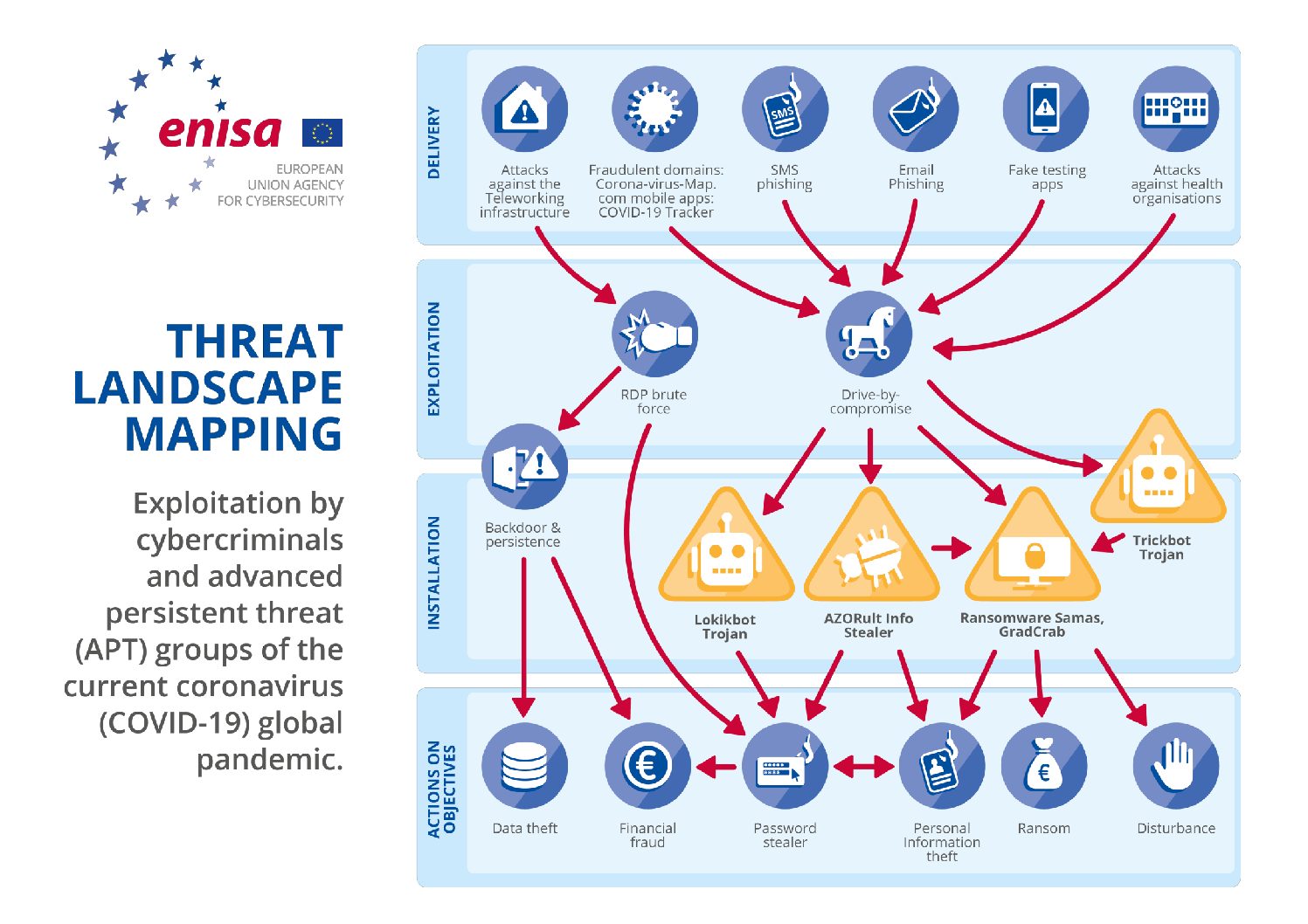

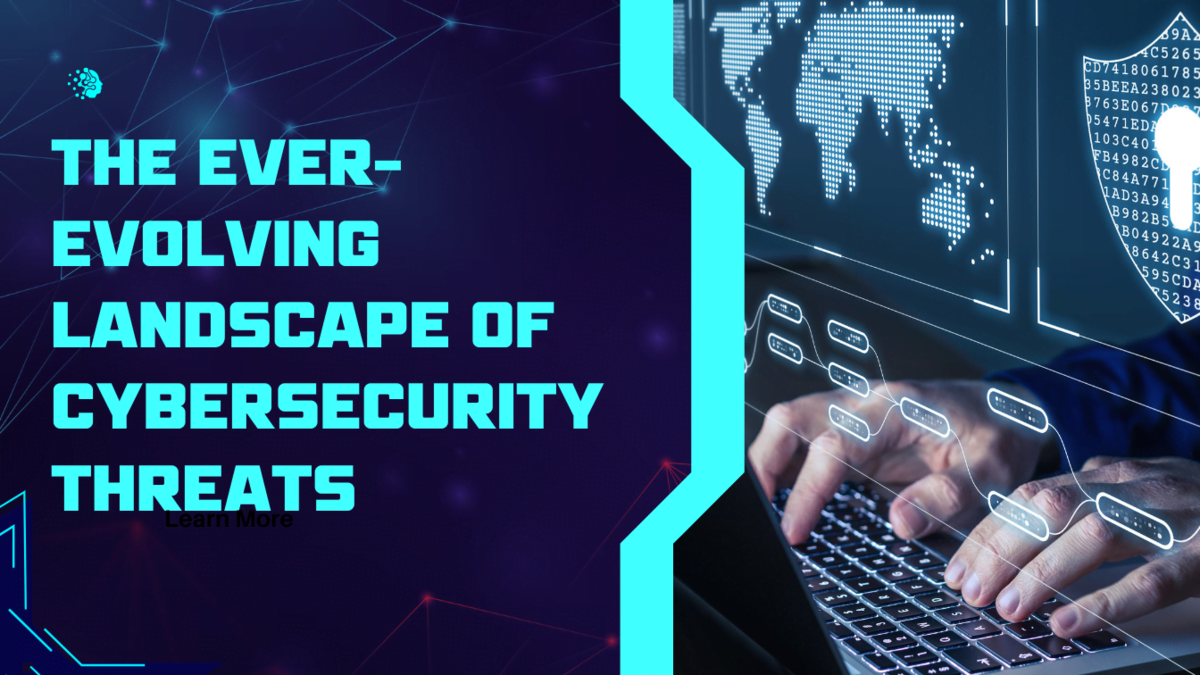
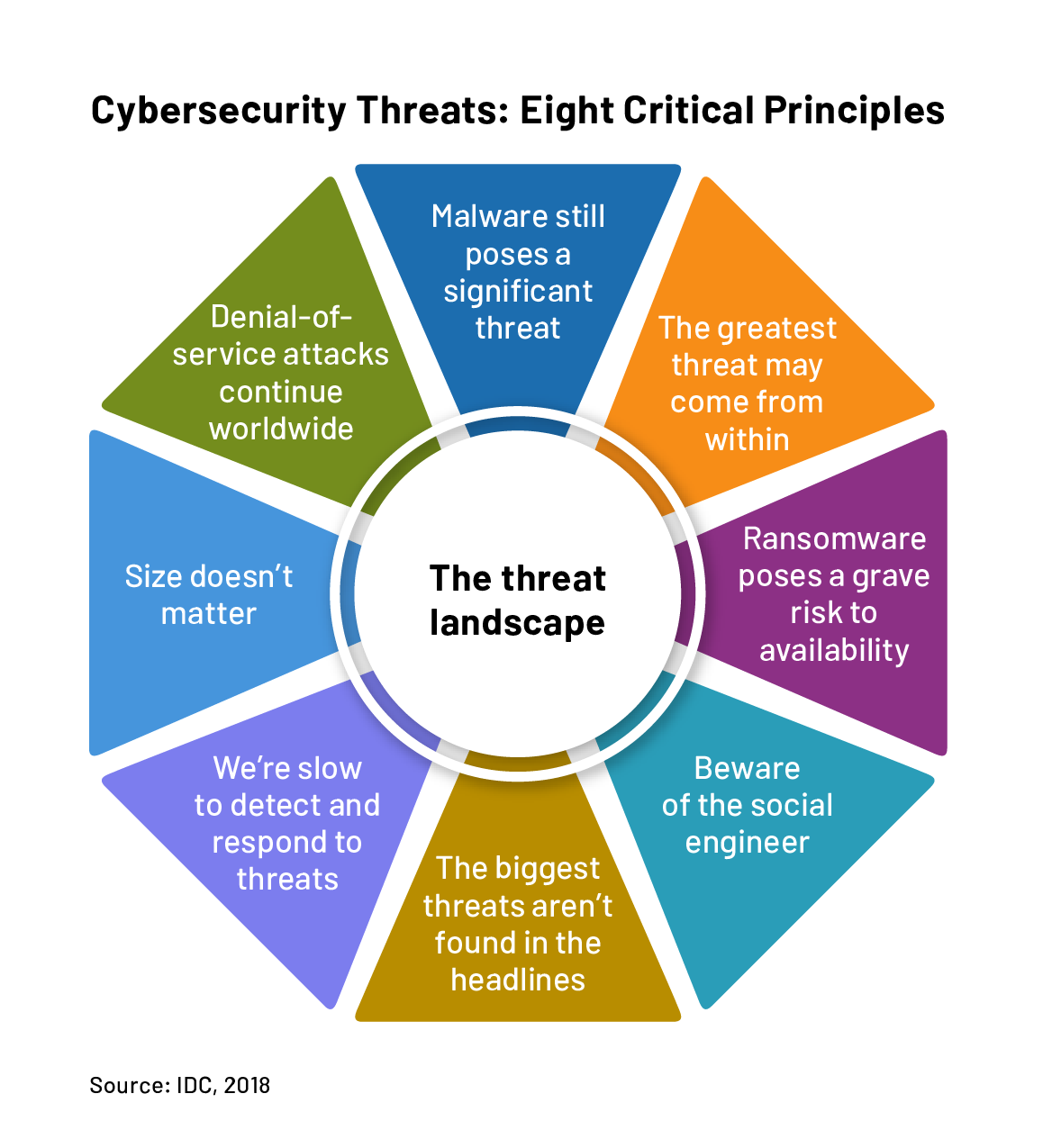
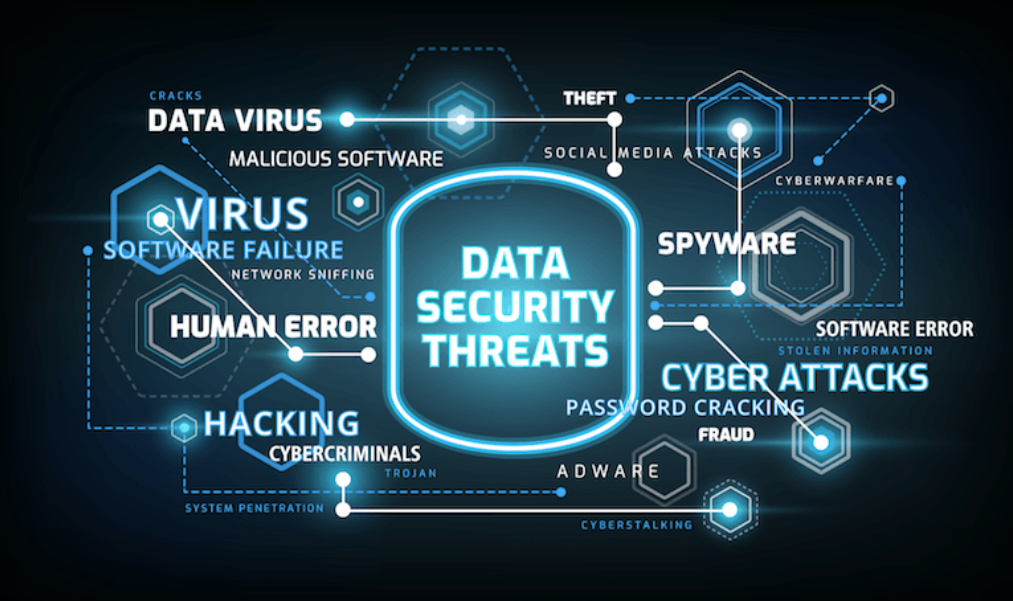

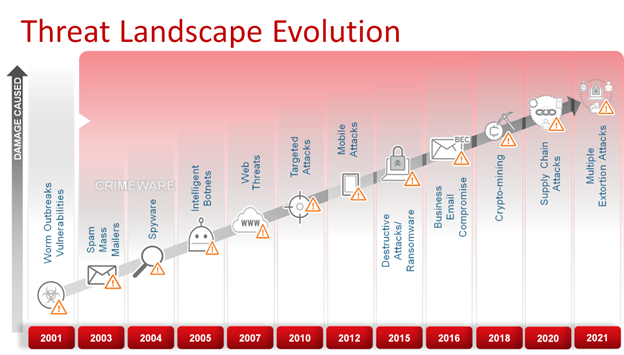
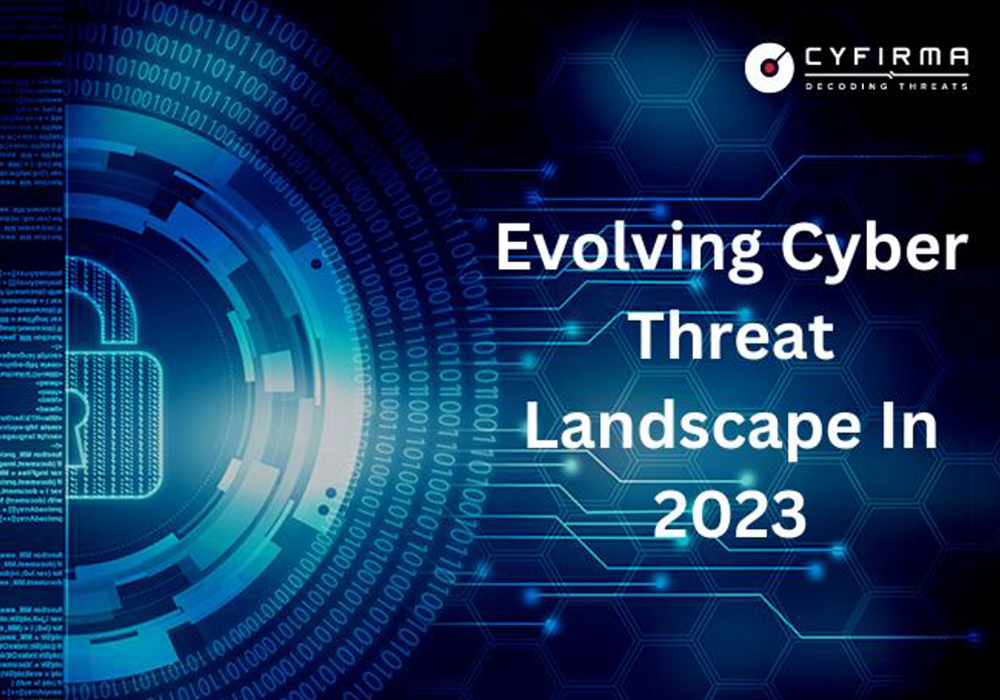
Closure
Thus, we hope this article has provided valuable insights into The Evolving Landscape of Cybersecurity: Threats and Protections in 2025. We appreciate your attention to our article. See you in our next article!